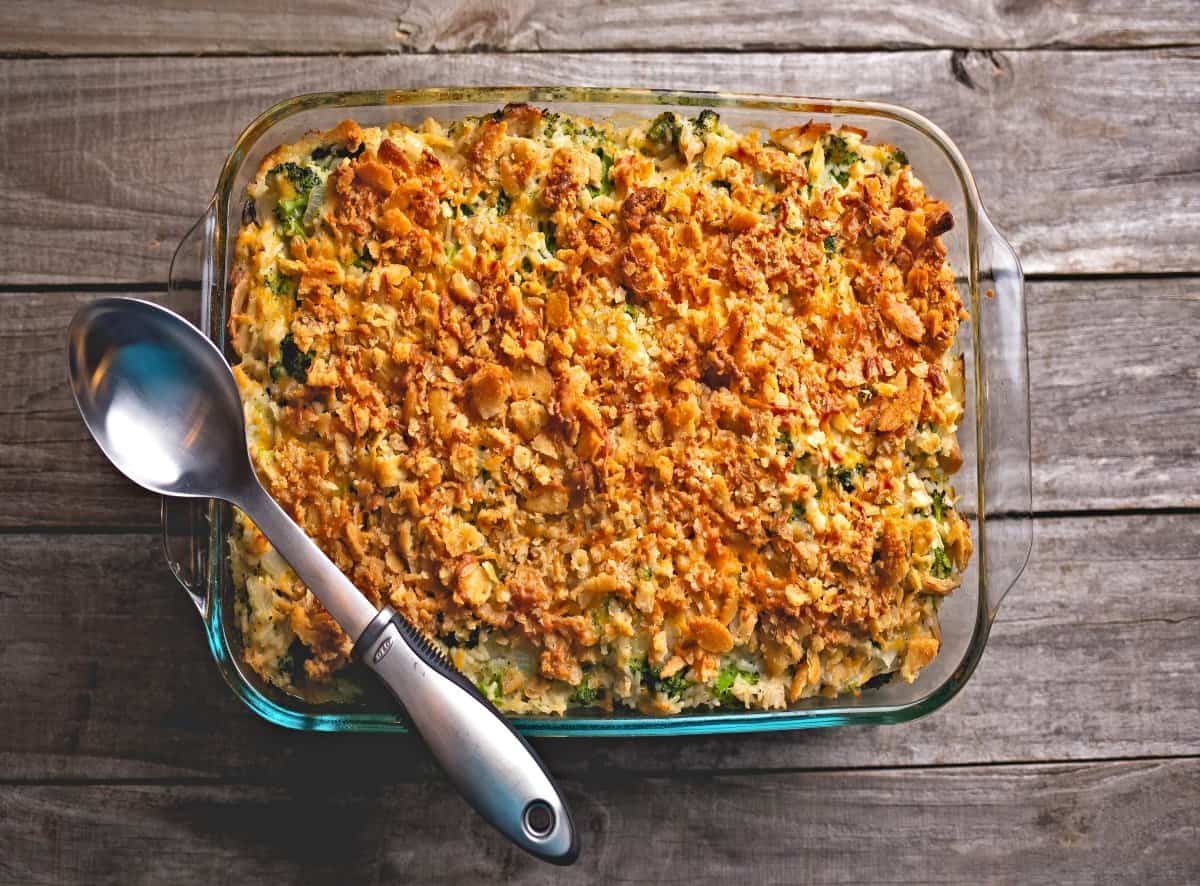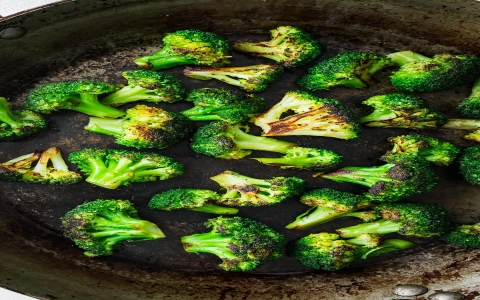Should You Cook Frozen Broccoli Before Adding It to a Casserole?
Picture this: You’re bustling in the kitchen, preparing a comforting casserole that promises a heartwarming meal. But as you open the freezer, a common question stirs doubt: should you cook frozen broccoli before mixing it into your casserole? This seemingly small decision can influence the texture and flavor of your dish. Let’s explore the nuances of this question and discover why your casserole may benefit from a little extra attention to preparation.
Casseroles are a staple in many homes due to their convenience and the flexibility they offer in utilizing available ingredients. Broccoli, particularly frozen broccoli, is a popular choice in these dishes due to its nutritional value and year-round availability. Yet, its state when added to the casserole can impact the overall outcome.

When using frozen broccoli, the temptation to toss it straight into the mix without cooking might be strong. After all, frozen vegetables are often blanched before being packaged, meaning they’ve been partially cooked. However, doing so may not give you the best results for several reasons.
First, consider the moisture content. Frozen broccoli holds more water than its fresh counterpart. As the casserole bakes, this moisture is released, potentially leading to a watery dish if the broccoli isn’t pre-cooked. Cooking the broccoli beforehand helps eliminate excess water, preventing the sogginess that could otherwise affect both texture and flavor.
Moreover, partially cooking the broccoli before adding it to your casserole allows for a better blending of flavors. The gentle cooking enhances the broccoli’s natural sweetness and can bring out its vibrant color, offering visual appeal and a richer taste experience. In turn, your casserole not only looks better but tastes more balanced, as each ingredient has been given the chance to shine.
Some might argue that raw frozen broccoli can work well if a quick and straightforward method is desired. If you’re in a pinch, there are tips to mitigate the moisture issue: you could thaw the broccoli and pat it dry thoroughly with a towel. This won’t replace the textural changes brought by a quick steam or sauté, but it will reduce the amount of liquid introduced to your casserole.
To achieve optimal results, steam or blanch your frozen broccoli quickly before it finds its way into the baking dish. This approach allows you to retain some bite to the vegetable while controlling the casserole’s overall moisture content. For those seeking an added depth of flavor, a light sauté in garlic and olive oil can elevate your dish to a whole new level, adding aromatic elements that satisfy the senses.
It’s also worth considering the cooking time of your casserole. Dishes that require a long baking period may tolerate raw or just thawed frozen broccoli better than those with shorter cooking times. The extended exposure to heat will naturally cook the broccoli further, but even then, pre-cooking helps ensure a consistent texture throughout.
In conclusion, the decision to cook or not cook your frozen broccoli before adding it to a casserole is a choice influenced by factors like desired texture, moisture control, and flavor prominence. While it might seem like an additional step in terms of preparation, those few extra minutes can make a meaningful difference in the dish’s final presentation and taste.
Next time you find yourself at this crossroad in your culinary journey, take a moment to consider the possibilities. Whether you choose to cook the broccoli beforehand or prefer a quicker route, understanding the impact of each method will empower you to craft the perfect casserole, time after time.














